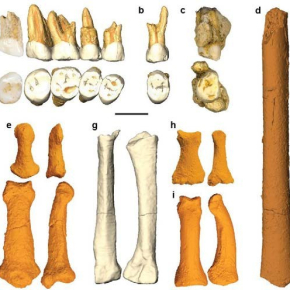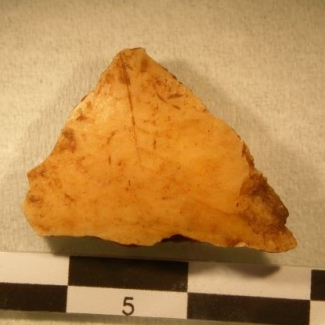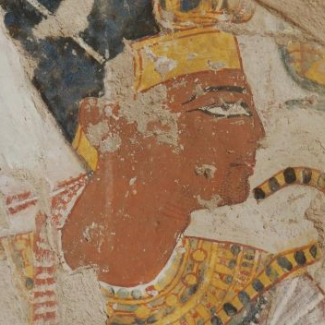
Homo luzonensis a new human species contemporaneous with Homo sapiens discovered in the Philippines
An international multidisciplinary team involving MNHN and CNRS, co-led by a MNHN senior lecturer of the H & E department, Florent Détroit, discovered a new hominin species, Homo luzonensis, during the excavation of Callao Cave, situated on Luzon island, Northern Philippines. Published in the journal Nature, the study of the fossils dated to 50 to 67 000 years highlights a singular mosaic of morphological characteristics that differentiates Homo luzonensis from other species of the genus Homo and underlines the major role played by Island Southeast Asia in the evolutionary history of hominines.
A new species of Homo from the Late Pleistocene of the Philippines, Florent Détroit, Armand Salvador Mijares, Julien Corny, Guillaume Daver, Clément Zanolli, Eusebio Dizon, Emil Robles, Rainer Grün & Philip J. Piper. Nature, April 11, 2019, DOI: 10.1038/s41586-019-1067-9


